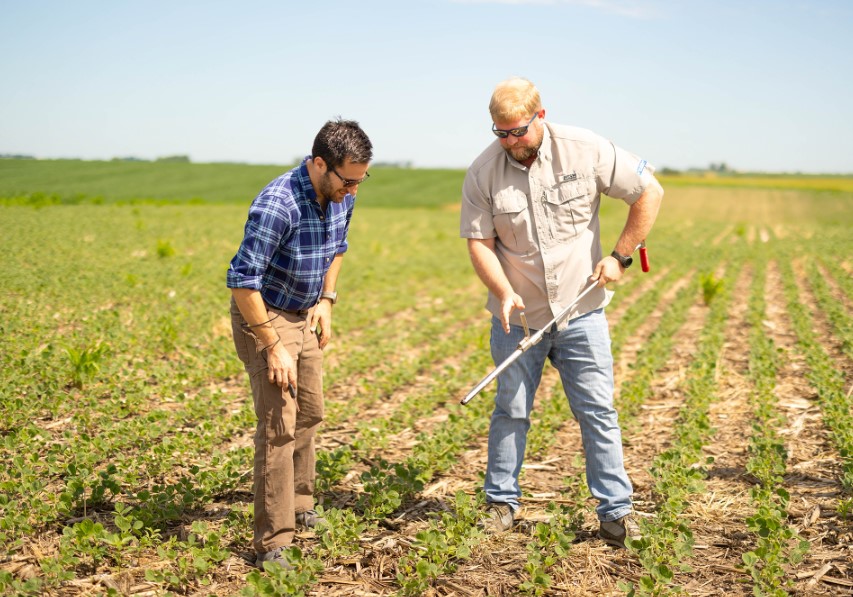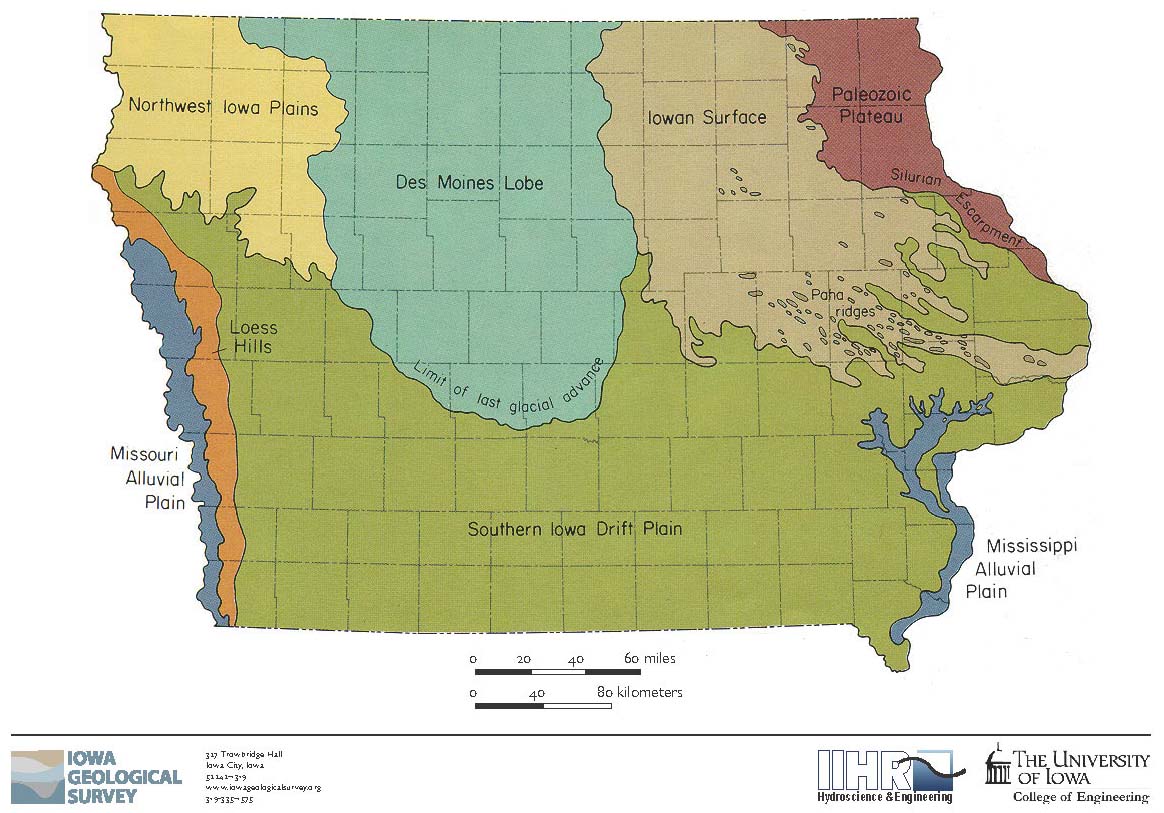
(Photo: Iowa Soybean Association / Joclyn Bushman)
Trial opportunities are now available for this spring
February 13, 2025 | Kriss Nelson
Involvement in on-farm research programs through the Iowa Soybean Association’s (ISA) Research Center for Farming Innovation (RCFI) can improve the profitability of your acres.
Dr. Alexander Litvin, ISA research agronomy lead, invites farmers to participate in current trial opportunities this spring.
“ISA is focusing on trial work that emphasizes value-added practices, reducing operational costs, and improving ROI,” he says. “This spring offers multiple options to explore for farmers to choose as it interests them.”
Manure sense
For spring applications of manure, farmers are encouraged to participate in the Manure Sense trial.
This trial is designed to help understand the value of Near Infrared (NIR) sensor-based manure readings. As manure is being applied, sensor readings allow for better estimates of the amount of nitrogen pounds per acre being applied at the gallon rate used by the farmer.
Better applications of these methods could increase yields, cut costs of synthetic nitrogen and benefit water quality.
“The sensor will measure how much nitrogen is in the manure being applied in the field, in real time,” says Litvin. “If you are planning to apply additional nitrogen, you can then possibly reduce that nitrogen load and avoid an additional cost.”
The farmer and applicator will each receive $500 as payment for participating in the trial.
Iron deficiency chlorosis
Soybean plants with iron deficiency chlorosis (IDC) suffer from impaired iron uptake from the soil, resulting in yellowing leaves with green veins, stunted growth and reduced yield because of inhibited photosynthesis.
Litvin says this research is focused predominately on farms within the Des Moines Lobe, as that is the area of the state that historically has had issues with IDC.

Qualifying farmers will be given the option to either use a biological mix with the seed at planting time or chelated iron applied in a liquid form, by methods such as y-dropped or in-furrow.
“Our hope is that by using these products, iron will interact less with the soil, become more available for the plants and help mitigate yield drags,” he says.
Farmers will meet with their research agronomist and provide a history of the field where they typically have had complications due to IDC. Soil samples inside and outside the spots will be analyzed to help us design an experiment evaluating product effectiveness.
Sulfur update efficiency
A sulfur uptake efficiency is a trial for farmers targeting high-yielding soybeans and wanting to improve sulfur efficiency.
The addition of gypsum and sulfur seed treatment, SUPRGrow, will add more sulfur into the soils, potentially driving the economic return. This research aims to measure the influence these products have in areas that are potentially sulfur deficient. Results could help guide future analysis on the sulfur recommendation for Iowa cropping systems.
In a trial area of 30 to 60 acres, Litvin says the gypsum will be applied in strips at 100 pounds per acre, which is the equivalent of 25 pounds of sulfur per acre. Those strips will be planted with soybeans that are either treated with the SUPRGrow or not, and then compared to untreated strips with no gypsum or sulfur seed treatment. Soil and tissue sampling will be conducted to see if there is a yield increase and if it can be attributed to the sulfur.
ISA will fund gypsum and application for the trial area, as well as coordinate having up to one box of seed treated.
Man vs. Machine
Utilizing artificial intelligence on the farm is the premise behind the Man vs. Machine trial opportunity.
Open to any farmer in the state, this trial, farmers will be evaluating their standard practice against Agroptimizer recommendations for a specific field. This web-based application allows farmers to drop a pin in a field and enter input variables. Agroptimizer will run simulations against their practices and other cropping systems and provide best management recommendations for improving return on investment.
“We will be looking at a couple of different factors,” says Litvin. “First, with farmers what are the things you are willing to change in your practice? Once those are defined, Agroptimizer will offer scenarios modifying those specific practices and provide considerations on different application rates, planting times or other factors and compare to what the farmer typically does to see if we can actually make an improvement for their ROI.”
More trial opportunities
This spring farmers are also encouraged to participate in seeding rate trials; participation in fungicide and insecticide trials is also encouraged later this summer.
For more information on trials, contact Litvin at alitvin@iasoybeans.com.
Back